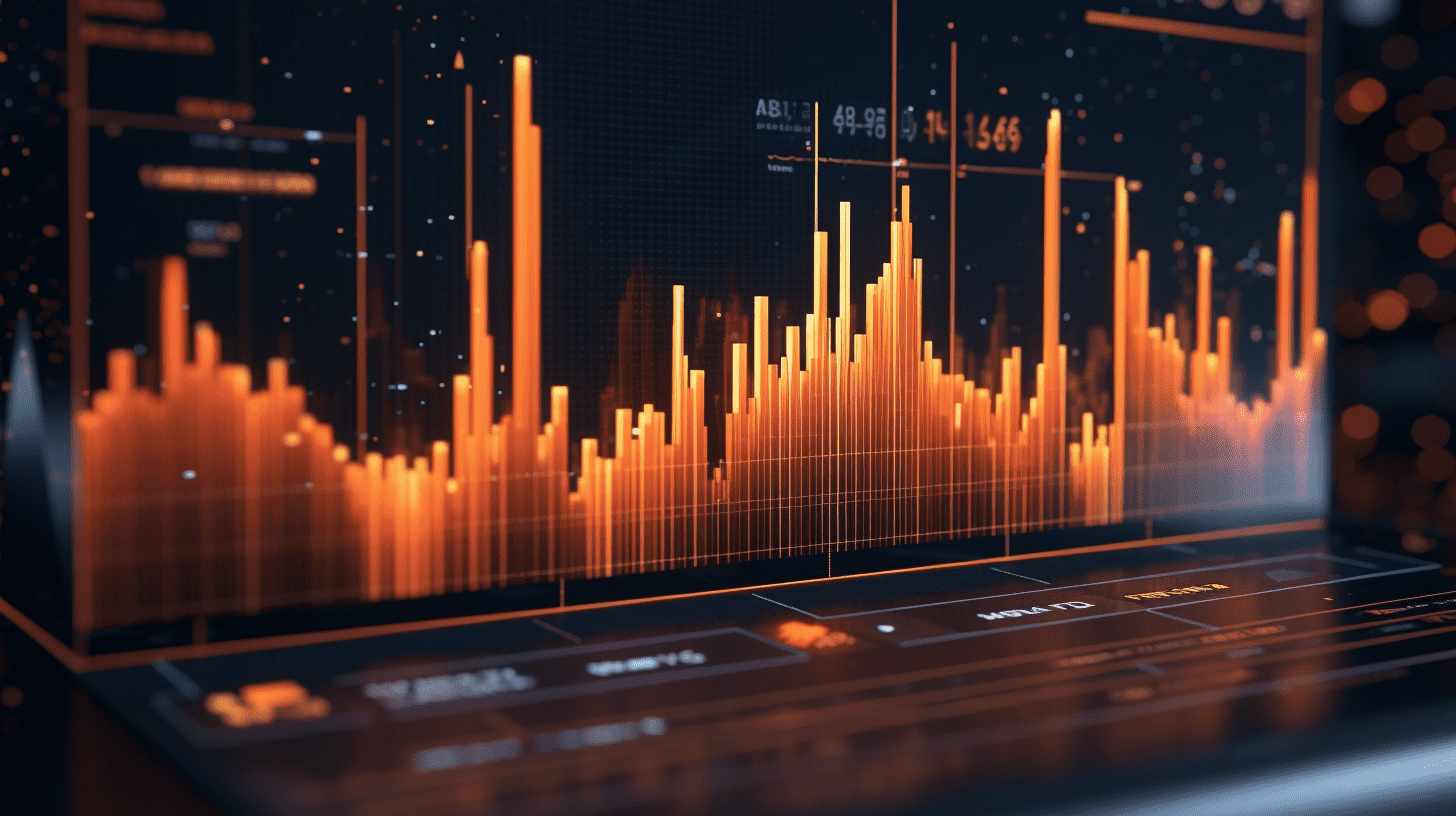AI boom ignites memory chip "super cycle"! Supply shortages and price hikes may continue until 2026.
Many technology companies, including Dell Technologies and HP, have warned that there may be a shortage of memory chips next year due to the increased demand brought about by the construction of artificial intelligence (AI) infrastructure.
Several technology companies, including Dell Technologies, Inc. Class C (DELL.US) and HP Inc. (HPQ.US), have issued warnings that there may be a shortage of memory chips next year due to the increasing demand brought on by the construction of artificial intelligence (AI) infrastructure. Consumer electronics manufacturers, including Xiaomi Group, have issued potential price increase warnings, while companies like LENOVO GROUP have started hoarding memory chips to prepare for expected cost increases. Market research firm Counterpoint Research predicted earlier this month that memory module prices will rise by 50% by the second quarter of next year.
A shortage of memory chips could lead to an increase in manufacturing costs across various products, from smartphones to medical devices and automobiles. These chips are used in almost all modern electronic devices that store data. Under the influence of the AI boom, memory chip manufacturers are allocating more capacity to meet the demand for new, more advanced, and higher-profit products used in AI systems, leading to a shortage of more common memory types.
Jeff Clarke, Chief Operating Officer of Dell Technologies, Inc. Class C Technology, stated during a conference call with analysts on Tuesday that the company has never seen costs change at the current rate before. He mentioned that the supply of dynamic random-access memory (DRAM), including high-bandwidth memory (HBM) used for AI, and chips used for personal computers (PC) as well as hard drives and NAND flash memory, is tightening, leading to increasing costs across all products.
Dell Technologies, Inc. Class C Technology will make efforts to adjust its configuration and product mix, but Clarke mentioned that he believes the impact will inevitably affect customers. He stated that the Texas-based computer manufacturer will consider all options, including re-pricing some devices.
Enrique Lores, CEO of HP Inc., mentioned that the company sees the second half of 2026 as particularly challenging and may raise prices when necessary. He stated, "For the second half, we are being cautious in our guidance and taking proactive actions like introducing more memory suppliers and reducing memory usage in products." The company estimates that memory accounts for 15% to 18% of the cost of a typical PC.
Apple Inc. provided one of the more optimistic assessments. Kevan Parekh, the company's Chief Financial Officer, acknowledged during a conference call with analysts that memory prices are experiencing a "slight tailwind," with the cost structure of some new products slightly higher. However, he emphasized that Apple Inc. is managing costs effectively. Similar to LENOVO, Apple Inc.'s position as one of the largest customers (if not the largest) for many vendors in the electronics supply chain helps ensure favorable terms for continuous supply.
The "super cycle" of memory chips is here! Shortages may continue until 2026
Following the release of ChatGPT in November 2022, which sparked a generative AI craze and a global wave of AI data center construction, memory chip manufacturers are allocating more capacity to high-bandwidth memory (HBM) chips.
AI memory orders are squeezing the supply of memory for other electronic products.
Intense competition from Chinese competitors in mature chip markets is pushing Samsung and SK Hynix, which control about 70% of the global DRAM chip market, toward high-end chips at an accelerated pace. These manufacturers began adjusting their strategies from early 2025, gradually reducing and planning to completely stop producing DDR4 memory chips by the end of 2025 or early 2026, shifting their capacity to higher-profit and more advanced products like DDR5 and HBM.
Morgan Stanley estimates that technology giants like Alphabet Inc. Class C, Amazon.com, Inc., Meta, Microsoft Corporation, and CoreWeave will invest $400 billion in AI infrastructure this year. This AI boom, combined with new cycles of updates in traditional data centers and personal computers, exacerbates the shortage of non-HBM memory chips and drives up their prices.
For example, prices in the spot market for a 4GB DDR4X RAM chip have increased from a low of $7 per chip at the beginning of the year to over $30 per chip in mid-November, a three-to-fourfold increase; and for a 64GB eMMC flash memory, prices have risen from $3.2 per chip in early year to over $8 per chip recently, nearly doubling. In addition, as overseas AI servers demand more eSSD, NAND flash memory is following DDR chips in experiencing significant price increases.
With traditional memory chip supply already tight, the global memory chip industry appears to be entering what many analysts are calling a "super cycle," with device manufacturers frantically hoarding memory chips. Tobey Gonnerman, President of semiconductor distributor Fusion Worldwide, mentioned, "Demand has surged in the past month or two. Market changes are indeed astounding. Panic buying behavior is intensifying and will continue to escalate. Customers are widely adopting double/triple ordering strategies, just like in previous scarcity situations."
The sharp increase in memory chip prices has driven up the stock prices of Samsung Electronics, SK Hynix, and Micron Technology, Inc. (MU.US) in recent months. SK Hynix stated last month that all of its memory chip capacity for next year has been sold out, while Micron Technology, Inc. expects the tight supply situation to persist until 2026. Shares of Japan's Kioxia Holdings Corporation, focused on NAND production, have multiplied several times since going public in December last year, benefiting from the tight supply environment as well.
Semiconductor Manufacturing International Corporation points out that with manufacturers prioritizing supply for NVIDIA Corporation (NVDA.US), a memory shortage is becoming apparent. The company warns that the memory shortage may limit automotive and electronics production in 2026.
Sanjeev Rana, head of research at CLSA Korea Securities, commented after Samsung Electronics released its financial report last month, "Demand is extremely strong for all memory-related productswhether it's advanced memory or traditional memoryand supply is lagging behind." "We are likely to see a trend of price increases for DRAM and NAND chips continuing for several quarters."
Related Articles

The National Development and Reform Commission organized a symposium on the assessment of costs of price disorder competition.

National Bureau of Statistics: From January to October, the total profits of industrial enterprises above designated size in China reached 5.952.9 billion yuan, a year-on-year increase of 1.9%.

National Bureau of Statistics interpretation: Industrial enterprise profits grew steadily from January to October, with the benefits of high-tech manufacturing industries showing strong momentum.
The National Development and Reform Commission organized a symposium on the assessment of costs of price disorder competition.

National Bureau of Statistics: From January to October, the total profits of industrial enterprises above designated size in China reached 5.952.9 billion yuan, a year-on-year increase of 1.9%.

National Bureau of Statistics interpretation: Industrial enterprise profits grew steadily from January to October, with the benefits of high-tech manufacturing industries showing strong momentum.

RECOMMEND

Hong Kong Stock Buyback Wave Persists, 247 Listed Companies Repurchase Over HKD 150 Billion This Year
27/11/2025

Mingyu Pharmaceutical Files With HKEX: Ongoing Net Losses Since Inception, No Revenue From Commercial Product Sales
27/11/2025

“Affordability Crisis”! Consumer Confidence Falls To Second Lowest Since The Pandemic, U.S. Retail Slumps
27/11/2025


